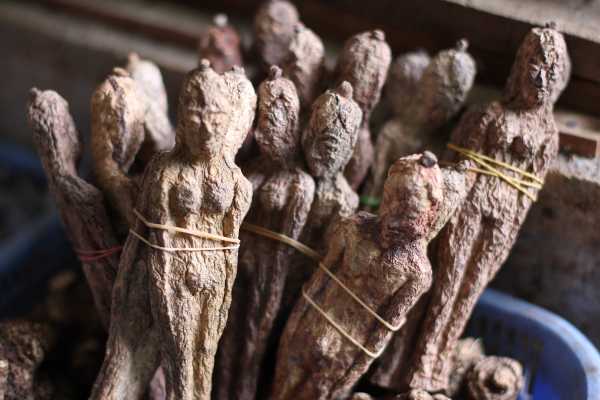Strange botanical species, these trees whose fruits are nubile young girls who emerge, feet first, out of the floral corollas and who delicately oscillate at the end of the branches! They are generally picked and eaten by men. This fairly common representation on the wall paintings of pagodas in Thailand and Laos raises two questions: the place of man in nature and the balance of power, or not, between men and women. I will not venture to try to give an answer, I simply want to arouse astonishment and reflection on this cultural system where it is possible for plants to generate humans. In all cultures the relationships between men and plants, particularly trees, are evoked in myths. Here, however, the conceptual audacity goes further since we can imagine that trees generate humans.
Medicinal plant sellers in Laos and Thailand sometimes offer strange human-shaped fruits on their stalls. When questioned, they maintained that these fruits were picked from trees, that they found them in the forest. The form is crude but clearly human with sometimes a differentiation linked to sex. The material resembles soft and crumbly wood, the color is also that of wood. We are told that “these fruits” are very ripe but that in the forest they are green or even colored. The only difference there would be from a real man or woman is the fact that these characters do not have a skeleton. They are sold alone or in pairs, quite expensive, as a guarantee of happiness and longevity. These are undoubtedly amulets like all those which are very popular in the region but they have their origin in an ancient belief which wants that trees can engender humans and particularly women.
Odette Viennot reports in India, around the 3rd or 2nd century BC, remarkable and rare bas-reliefs, one of which represents a tree with a very voluminous trunk with “3 or 4 bodies hanging in the branches, hung by hair or neck. She emphasizes that this motif is “unique in the visual arts of India”. However, the association of the tree and fertility is a subject of Brahmanical inspiration very popular in India where the woman wanting a child embraced a tree and struck it with her foot (inversely, certain trees awaited contact of a woman's foot to flower). There is also a cosmological legend, translated by Sylvain Lévi, “that of the women-trees”: “from these trees, when dawn rises, children of beautiful birth are born...at the moment the sun sets, they are finishing their time.” We find these fruit women in Buddhist mythology with approximately the same description. They grow on marvelous trees, in the mythical forest of Himaphan* where they are harvested by fabulous beings. Named nariphon in Thailand and Laos, they occupy an important place in local legends. They appear as much on the walls of numerous pagodas as in modern comic strips; they dance in shadow theaters but also in fashionable choreographies and at popular festivals. We can even see videos online of these little people moving around in trees.
In South East Asia and elsewhere in the world, many trees are inhabited by genies who have a certain familiarity with humans. But thinking that a tree can produce a human goes well beyond belief in these geniuses. This conception of the world is therefore doubly different from ours: first because the universe is One, there is no man-animal or man-nature duality, then because this universe is in perpetual movement. Mircea Eliade in his Treatise on the History of Religions thus analyzes what he calls “custom”: “Reality” and “force” have neither their basis nor their source in man but in plants. Man is only the ephemeral appearance of a new plant modality. » Is this not an extreme form of modern ecology?
*Himaphan, Himavanta: legendary forest which surrounds Mount Meru in Indian cosmology
Bibliography
Eliade Mircea. 1975 – Traité d’histoire des religions. Payot.
Lévi Sylvain. 1890 – La doctrine du sacrifice dans les Brâhmana. Paris
Viennot Odette. 1954 - Le culte de l’arbre dans l’Inde ancienne. PUF.
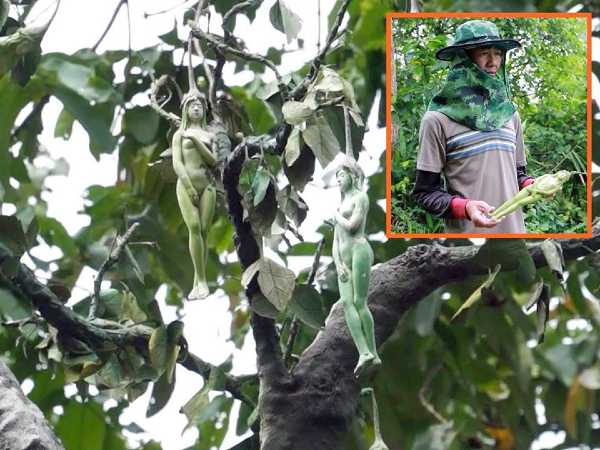
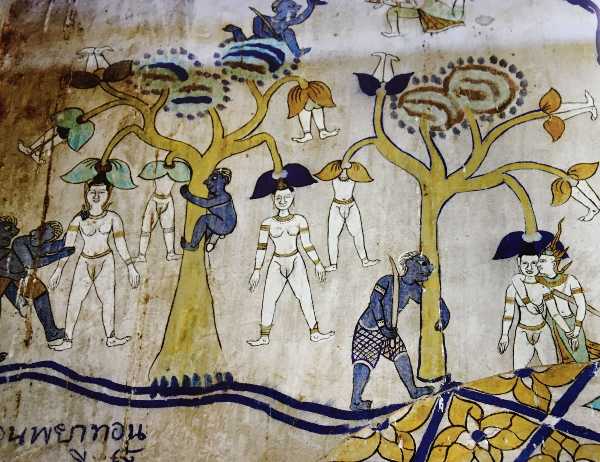
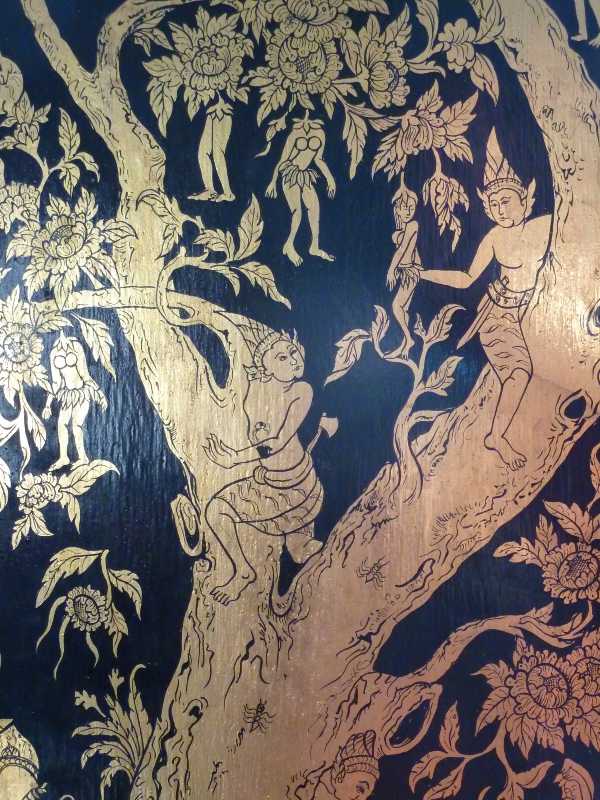
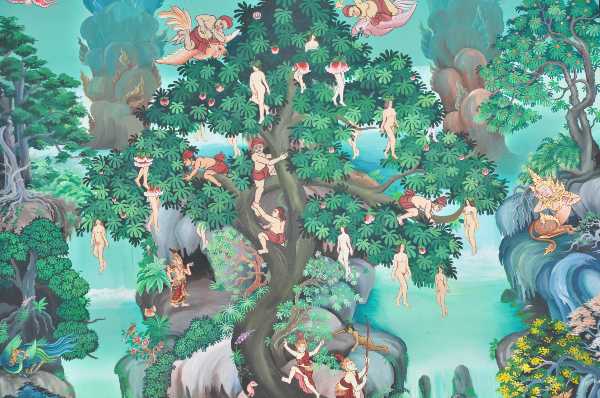
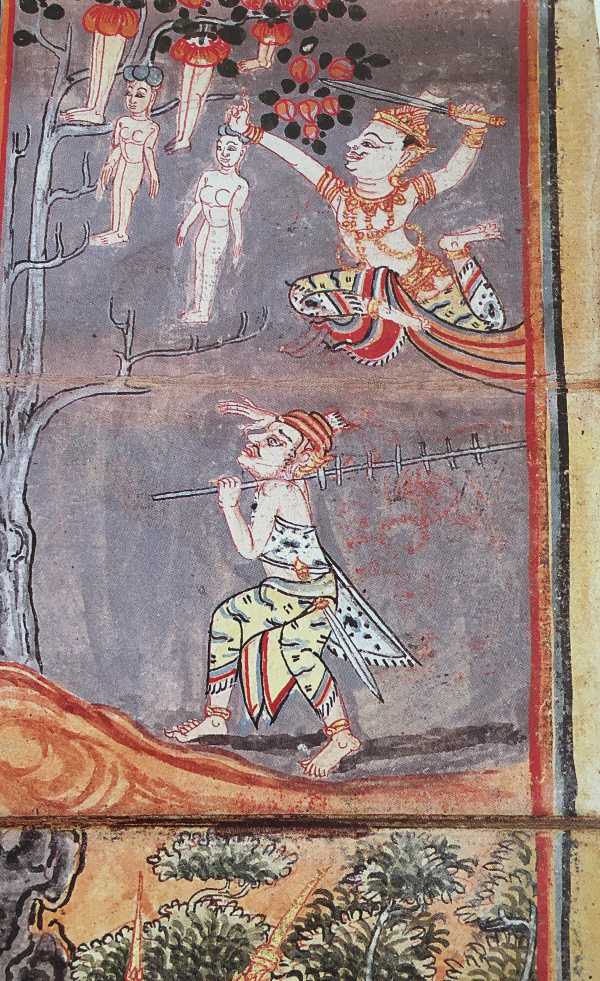
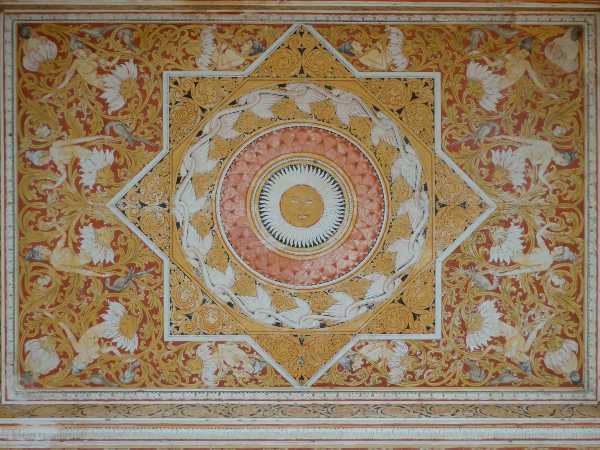
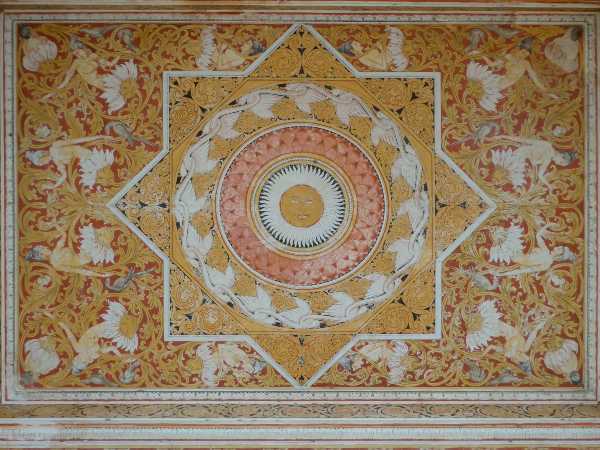
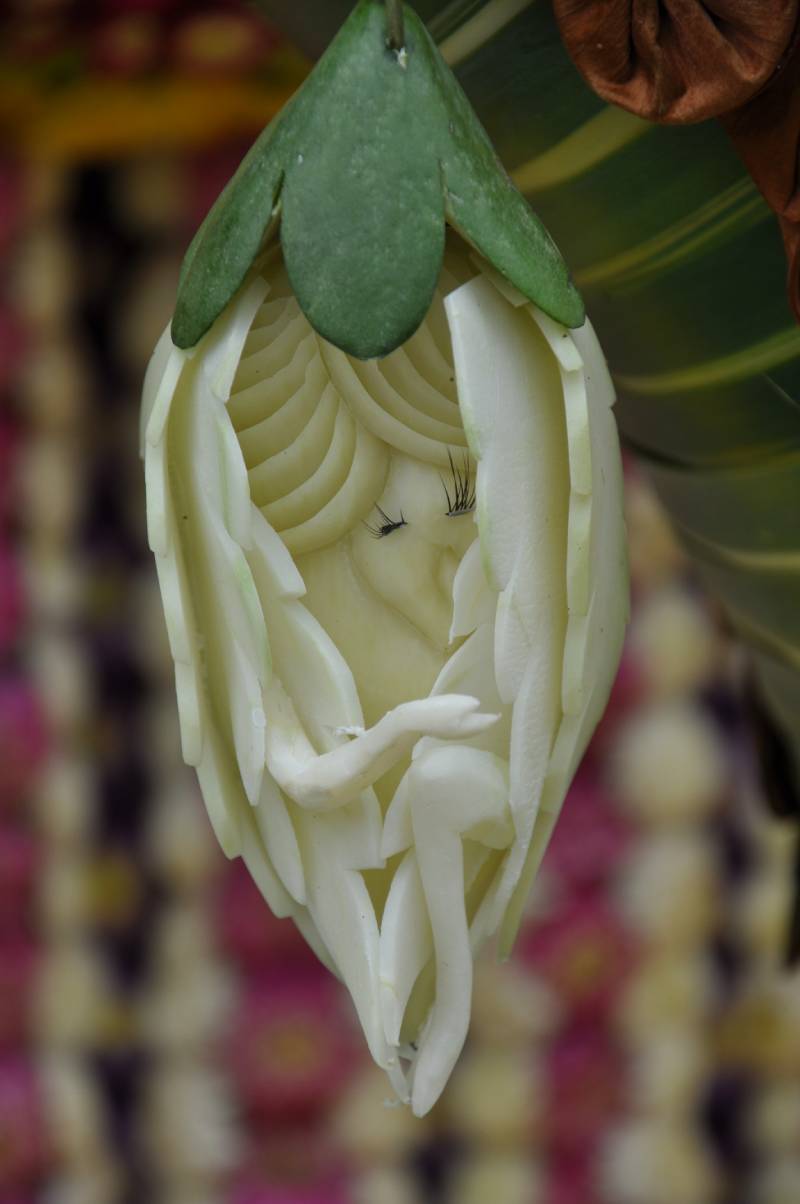
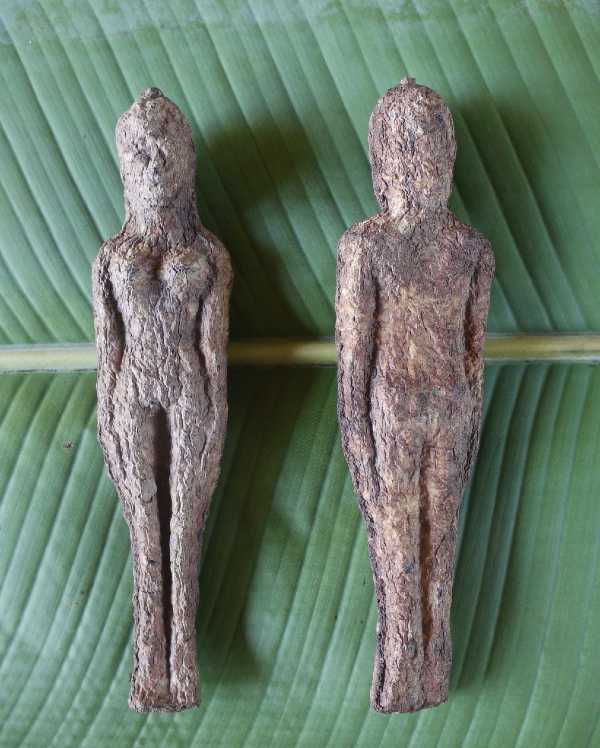
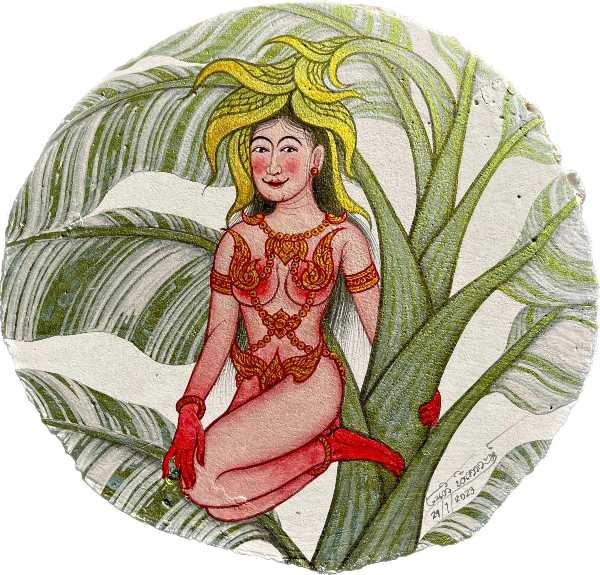
Share this Post



